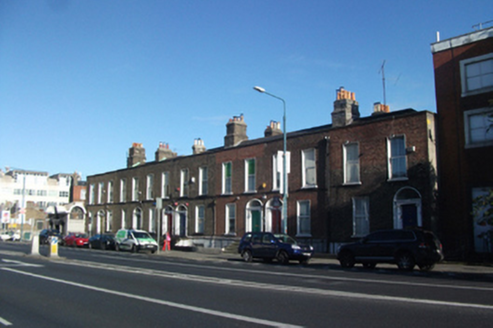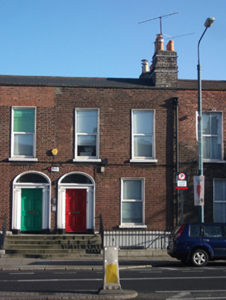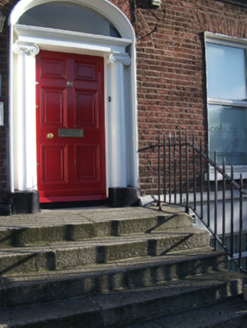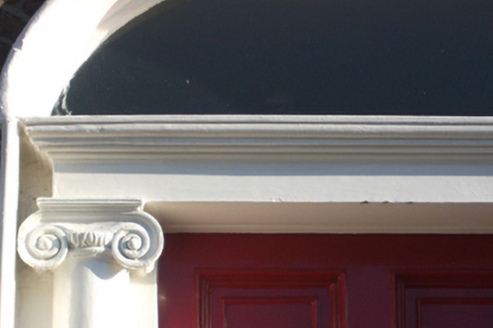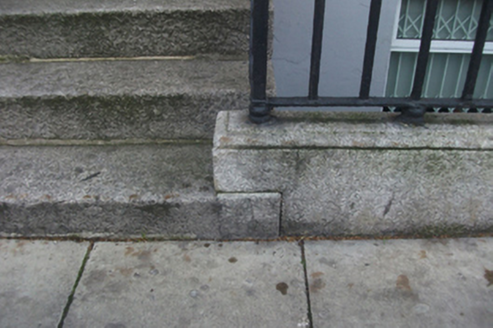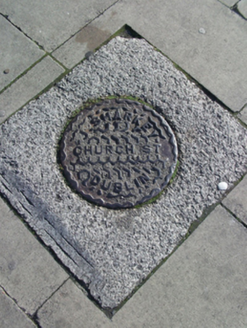Survey Data
Reg No
50010090
Rating
Regional
Categories of Special Interest
Architectural, Artistic
Original Use
House
In Use As
Office
Date
1830 - 1835
Coordinates
316779, 235180
Date Recorded
18/10/2011
Date Updated
--/--/--
Description
Terraced two-bay two-storey house over raised basement, built c.1832, now in use as offices. Part of terrace of seven similarly-scaled buildings. Shared recent extension to rear and joined internally with neighbour. M-profile pitched slate roof with clay ridges tiles and hip to south of rear pile, behind red brick parapet wall, rebuilt with squared granite coping. Stepped partially rendered yellow brick chimneystack with clay pots to party wall, shared with No.85 to north and No.87 to south. Replacement aluminium rainwater goods to rear. Flemish bond red brick walls with rendered granite plinth course over rendered walls to basement. Modern brushed steel sign. Cast-iron circuit box to party wall with No.84 reading 'Oxford'. Rear (east) elevation of yellow brick in English garden wall bond to granite plinth course over cement rendered basement. Square-headed window openings with gauged brick voussoirs, rendered reveals and granite sills with replacement uPVC windows throughout. Steel window guards to rear elevation window openings. Three-centred-arch door opening with gauged brick voussoirs, moulded surround and painted timber and stone doorcase. Replacement timber panelled door flanked by engaged Ionic columns on rendered plinth blocks incorporating bases, with lintel cornices forming support to single-pane replacement fanlight. Door opens onto shared granite flagged platform with remnants of cast-iron bootscraper and granite stepped approach bridging limestone flagged basement area. Approach flanked by wrought-iron railings with cast-iron corner finials on replacement granite plinths. Rendered basement dividing wall with clay ridge tiles. Original cast-iron coal-hole covers set in granite slabs to front pavement reading 'J. Sharkey Church St Dublin' and 'RY Dublin'. Rear of site flanked by steel fence and rubble stone walls.
Appraisal
This pleasant former townhouse is an important component of a largely intact early to mid-nineteenth-century terrace whose transitional Regency design recalls the outward development of the city, connecting the Georgian centre and Victorian outskirts. The building contributes to the uniformity of the terrace, sharing similar massing, fenestration arrangements and parapet heights which augment the formal Georgian streetscape now largely muddled in this developed thoroughfare. Although altered, the building has retained a pleasant doorcase, railings, coal hole cover and an appropriate slate roof. Formerly known as The Strand, Amiens Street was laid out in the early eighteenth century and developed largely in the nineteenth, forming the north-east boundary of the Gardiner Estate c.1800.
